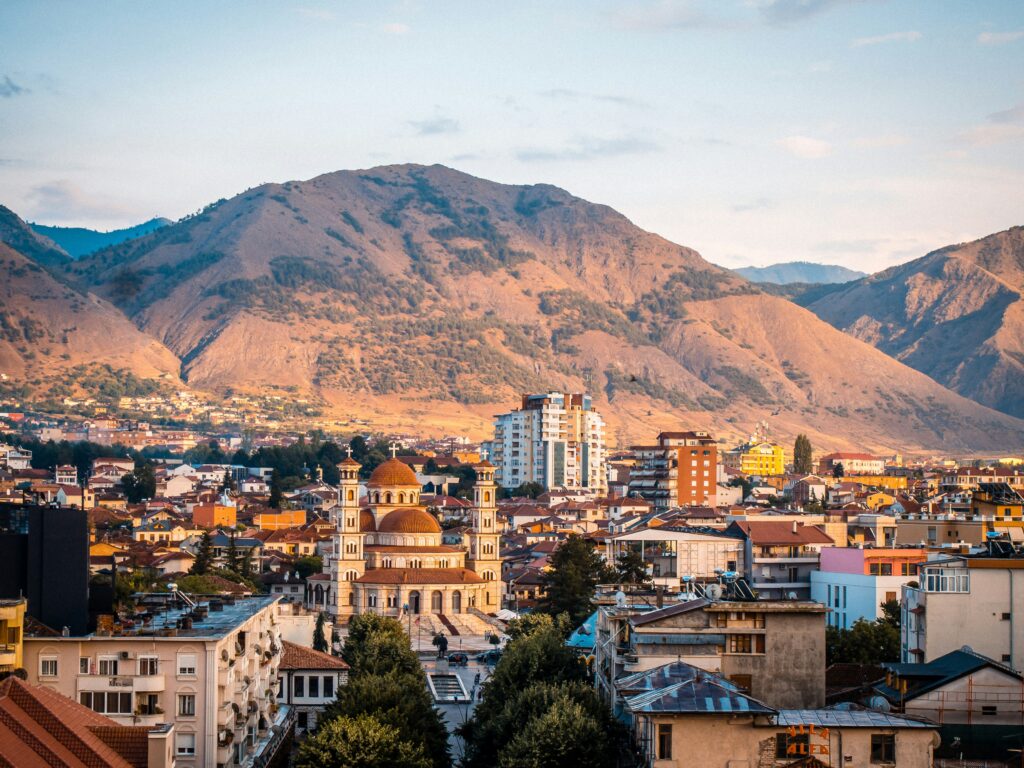
Why Albania?
If you’re dreaming of a place where craggy mountains tumble into turquoise seas, where cafés still serve Turkish coffee with a side of Cold War bunkers, and where the word besa—a centuries-old code of honor—still means something, then Albania’s calling. At Cerca we spend our time searching for places like this – the ones you want to visit now before they blow up – Albania is a place to visit now.
Let’s go: here’s how to travel to Albania like you’ve done it before. And bonus—we’ve got films and books that capture its spirit, so you can get in the zone before you go.
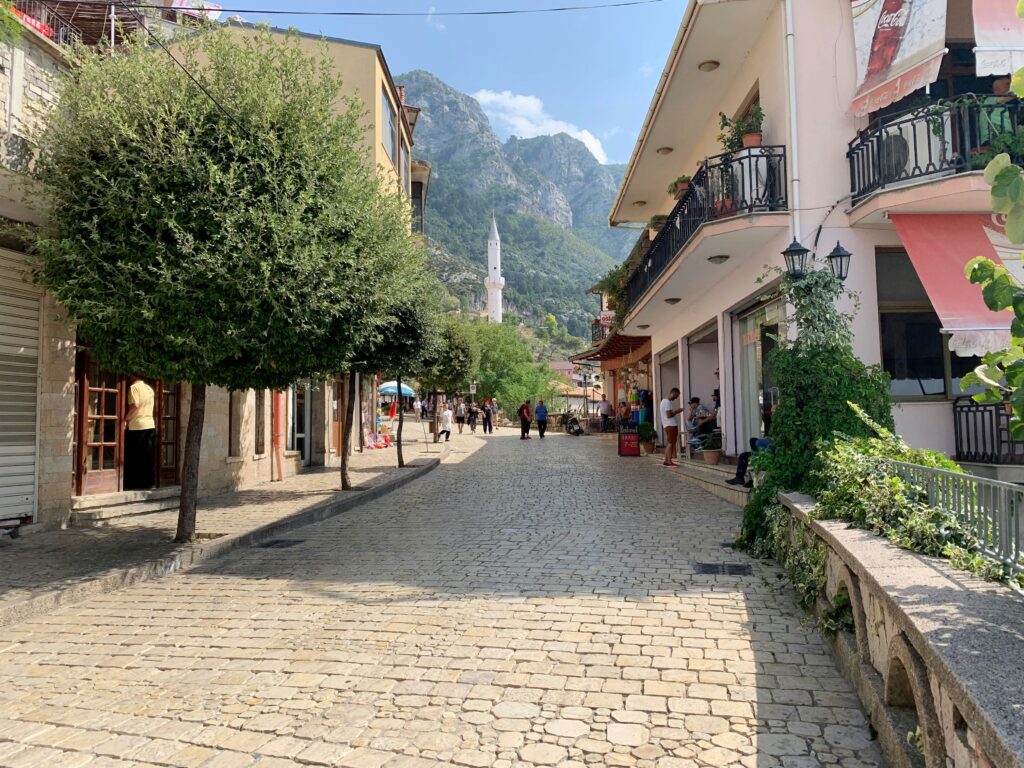
First, the Basics:
Albania is one of Europe’s last truly untamed corners—mountains without chairlifts, beaches without resorts (yet), and a culture still rooted in hospitality over hustle.
- North: The Accursed Mountains (yes, that’s the real name)—perfect for hikers, solo trekkers, and anyone craving epic views and ancient stone villages.
- Central: Tirana, the capital, is a chaotic, creative heart with brutalist architecture, wild nightlife, and rainbow-painted apartment blocks.
- South: The Albanian Riviera—coastal cliffs, Ottoman towns, and beaches that’ll make you wonder why anyone pays Santorini prices.
1. Visa Requirements: What U.S. Travelers Need
U.S. passport holders can enter visa-free for up to one year. That’s right—365 days of beach-to-mountain freedom. Your passport just needs to be valid for 3 months beyond your planned stay.
- No required vaccines, but check with a travel clinic if you’re heading into the mountains or off-grid areas.
- No special apps or entry requirements as of now, but always double-check before you fly.
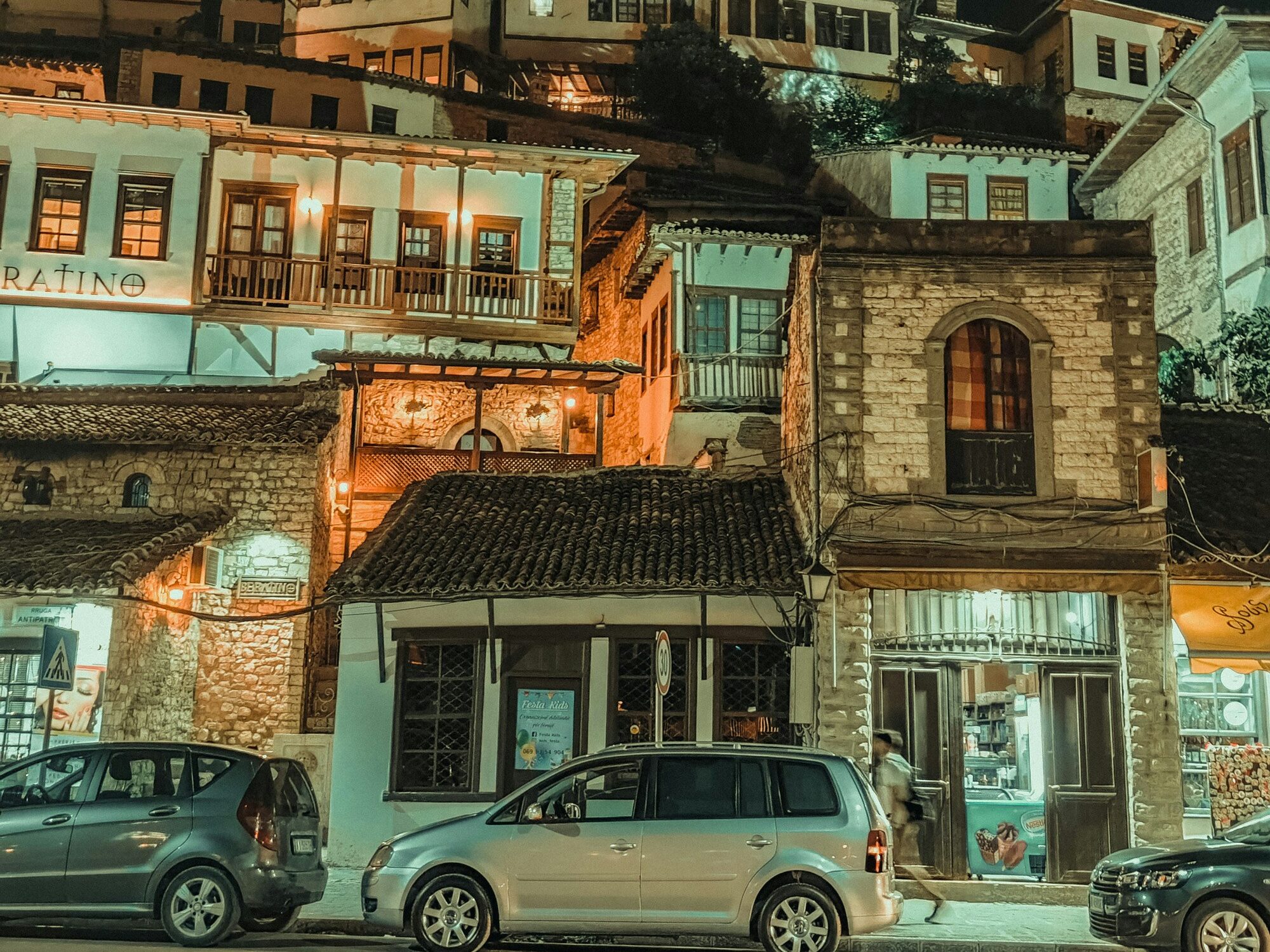
2. How Safe is Albania for Travelers?
Albania is safe—and seriously underrated. Petty theft is rare, violent crime even rarer. What you will run into? Sketchy road conditions, a total absence of crosswalk logic, and goats that don’t care if you’re late.
Solo female travelers will find Albanians (especially in the south) warm and protective. Just dress modestly in conservative villages and don’t hitchhike unless you know the game.
LGBTQ+ travel is emerging here. Tirana has a growing queer scene, but outside the capital, discretion is key. Homosexuality is legal, but visibility is still climbing uphill.
Tip: Learn to say faleminderit (thank you), and someone’s grandmother might adopt you.

3. A Little Cultural Context
Albania’s history is a wild ride: Illyrian tribes, Roman roads, Ottoman mosques, communist bunkers, and a post-1990s rebirth like no other.
From 1944 to 1992, Albania was under one of the harshest communist regimes in the world—completely sealed off, even from other communist states. Enver Hoxha’s rule meant bunkers on every beach, atheist declarations, and isolation so intense it shaped an entire generation.
Hoxha died in 1985, but the regime limped on until the early ‘90s. By then, the country was economically crumbling, and people were desperate. In 1990, student protests in Tirana kicked off a domino effect. Mass demonstrations followed, and by 1991, the Communist Party had lost its grip. In 1992, elections swept in a new government led by the Democratic Party, and the People’s Socialist Republic of Albania officially ended.
But freedom didn’t mean instant stability.
The ‘90s were wild. The economy collapsed further, and in 1997, a massive pyramid scheme scandal wiped out people’s savings, triggering nationwide chaos and near civil war. Foreign peacekeepers had to be brought in. It wasn’t until the 2000s that Albania began stabilizing politically and economically—slowly joining NATO (in 2009), applying for EU membership, and opening up to tourism and investment.
Today, Albania is democratic, vibrant, and still reckoning with its past. The old bunkers remain, but many are now cafés, art galleries, or quietly crumbling in olive groves—a strange but poetic symbol of a country learning to open up after decades underground.
Besa—the Albanian code of honor and hospitality—survived it all. It’s why families sheltered Jews during WWII, why hitchhiking is still a thing, and why you’ll never be allowed to leave a house hungry.
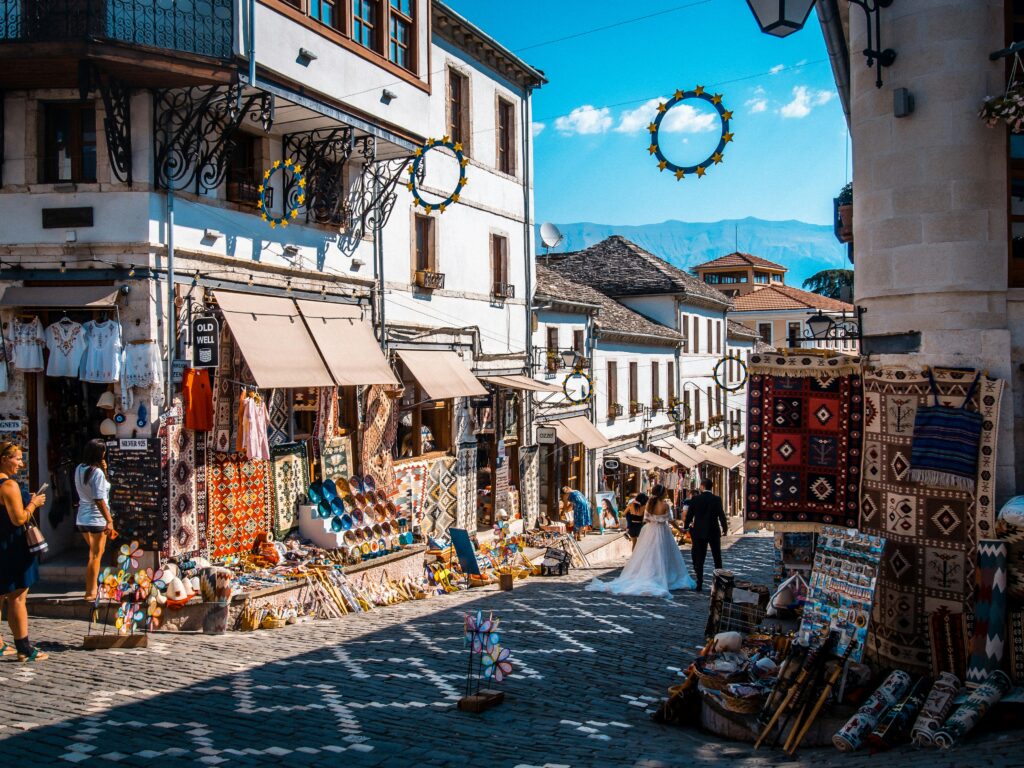
4. Experiences You Shouldn’t Miss
Drive the SH8 Road from Vlorë to Sarandë
Switchback heaven. Stop in Himarë for sea-to-table tavernas, and Porto Palermo for a castle-on-the-sea moment.
Hike the Valbona–Theth Trail
Northern Albania’s most famous trek. Snow-capped peaks, waterfalls, and rustic guesthouses serving homemade raki and mountain cheese.
Wander Gjirokastër
A UNESCO-listed Ottoman hill town with slate roofs, fortress views, and the shadow of the dictator’s old mansion.
Swim in the Blue Eye (Syri i Kaltër)
A surreal, icy-cold spring near Sarandë. Go early or off-season for a serene dip.
Visit Apollonia
Roman ruins with no crowds, olive groves, and epic sunsets. Even Julius Caesar left his mark here.
5. Money: How to Pay and What to Budget
- Currency: Albanian Lek (ALL). $1 USD ≈ 93–100 ALL (depending on the day).
- Cash is king—especially in villages and anywhere off the Riviera. Many places won’t take cards.
- Digital Payments? Almost nonexistent. Bring crisp euros or dollars for exchange. Avoid airport kiosks.
Cerca Tip: Budget travelers can get by on $30–40/day. Mid-range? Closer to $60. High-end hotels are rare outside Tirana and Sarandë.

6. Getting Around: How the Locals Move
Furgons (minibuses) are the backbone of rural transport. Schedules? Ha. Ask a local. Then ask again.
Buses connect major cities—comfortable, cheap, and occasionally air-conditioned.
Taxis: Negotiate price before getting in. Tirana has a few rideshare options now.
Car Rental: Best option for hitting remote beaches or mountain villages. Just… watch for donkeys.
Sustainable Travel Tip: Choose local-run guesthouses, hike instead of drive, and skip the private yacht tours. Albania’s still wild—help it stay that way.

7. Where to Base Yourself
Tirana: Colorful, chaotic, full of character. Blloku is nightlife central; Pazari i Ri is for brunch and market vibes.
Berat: The “town of a thousand windows.” Stone houses stacked along the river, and wine-tasting in the hills.
Himarë: Laid-back beach town with killer seafood and secret coves you can swim to.
Shkodër: Art, bikes, and lakeside chill. Gateway to the northern Alps.
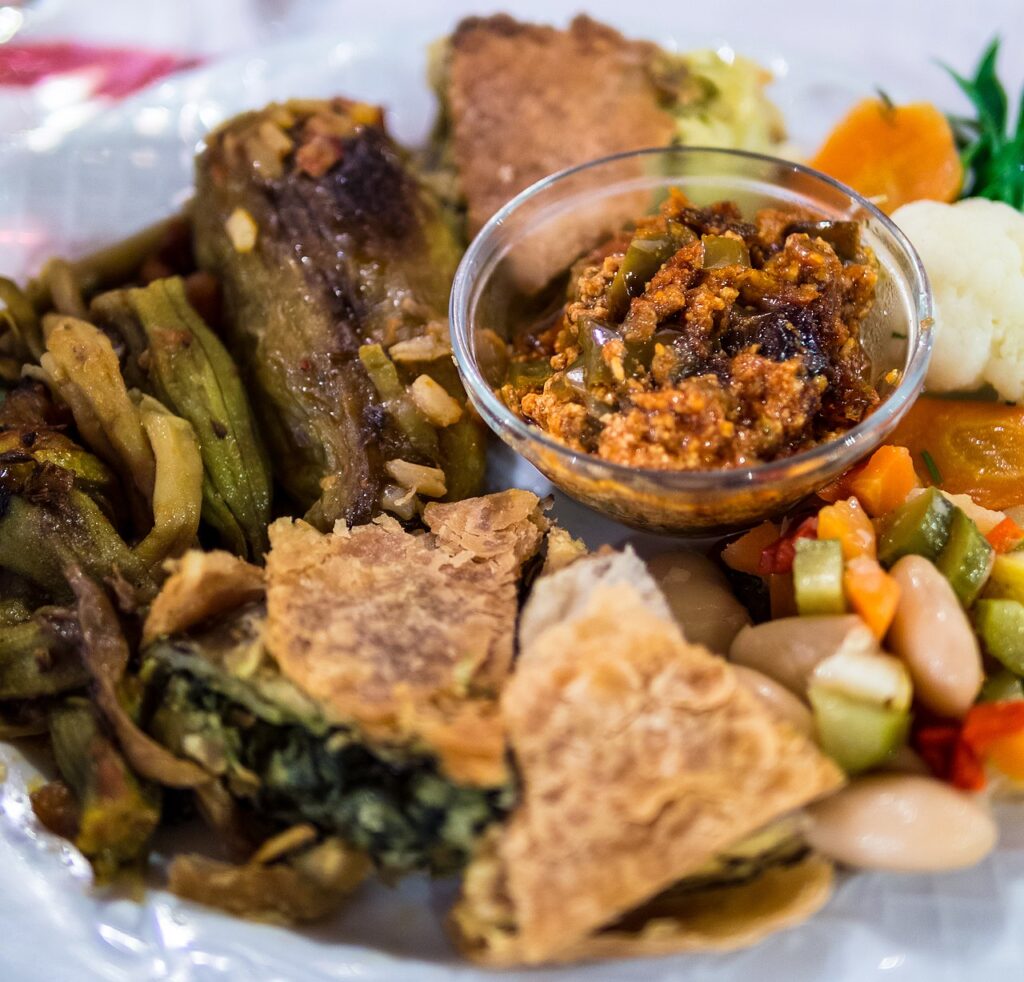
8. Food Safety and What to Eat
Albanian cuisine is farm-to-table by default. Think: flaky byrek, grilled lamb, wild greens, and feta with olive oil.
Street food? Go for it. Look for turnover and hot grills.
Water? Stick to bottled or filtered—especially in rural areas.
🇦🇱 The Classics
1. Tavë Kosi
The national dish. Baked lamb with rice in a tangy yogurt and egg custard. Creamy, savory, and surprisingly light—it’s the Sunday lunch of dreams.
2. Fërgesë
Bell peppers, tomatoes, onions, and cottage cheese baked until bubbling. There’s a meat version, but the vegetarian one hits just as hard. Often served with crusty bread for scooping.
3. Byrek
Flaky, phyllo-like pastry filled with spinach, cheese, or meat. It’s the go-to snack at bakeries and bus stops—and it’s always cheap, hot, and satisfying.
4. Qofte
Grilled or fried meatballs (usually beef or lamb), spiced with herbs. Served with fresh bread, pickled veggies, and sometimes yogurt sauce.
Cerca Tip: Don’t skip the mountain honey. Oh, and raki? Sip slowly—it’s made by someone’s uncle in the hills.

9. Respect the Culture
Dress modestly in villages and religious sites. Bikini on the beach? Fine. Bikini in the market? Not fine.
Be curious. Albanians are proud and love to share stories, food, and unsolicited travel advice.
Don’t insult the language or confuse Albania with its neighbors (yes, it happens).
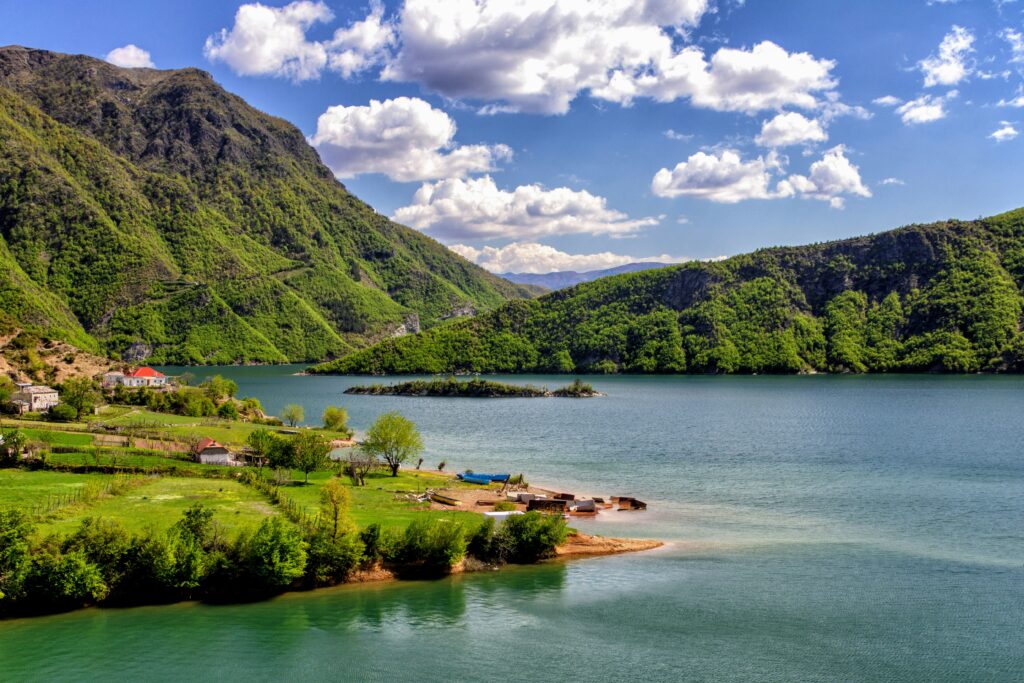
10. What to Pack
Lightweight layers (mountains to beaches = big range)
Good hiking shoes
Dry bag for coastal trips
EU plug adapter (Type C)
Turkish coffee tolerance
An appetite for homemade jam and ancient myths
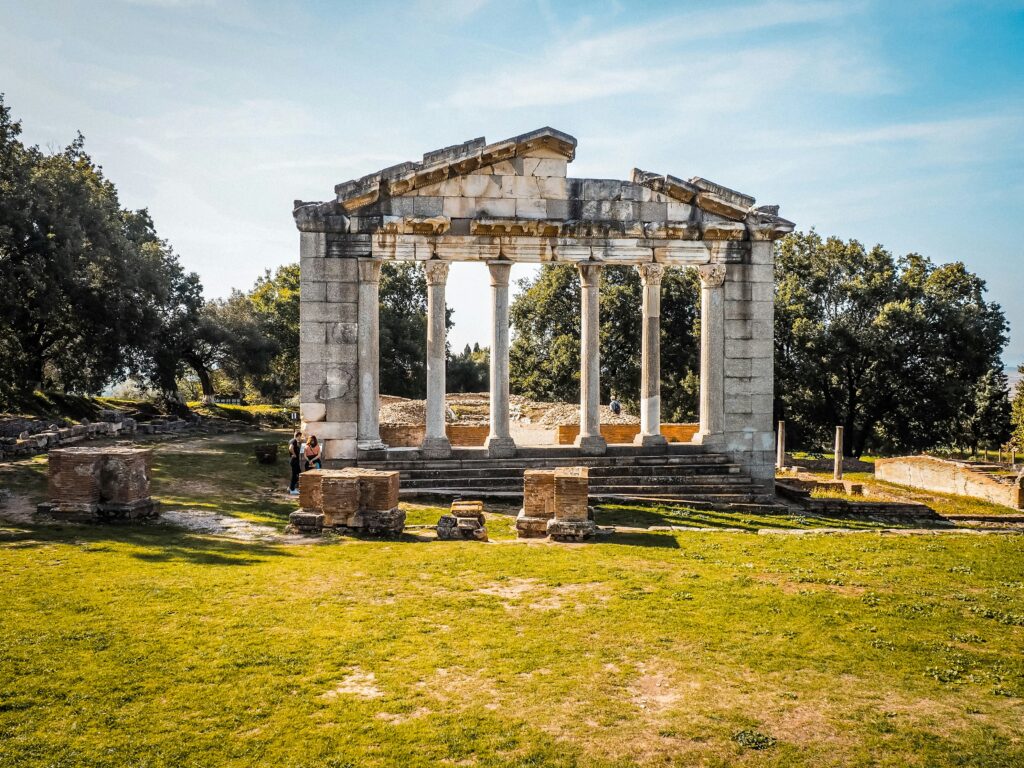
Bonus: Get Ready for Your Trip
Books & Films Set in or About Albania:
Broken April by Ismail Kadare — A haunting novel about blood feuds and ancient codes in the northern mountains.
Sworn Virgin (2015) — A powerful film on gender identity and tradition in rural Albania.
Besa: The Promise — A documentary on Albanians who rescued Jews during WWII. Inspiring and little-known.
The Forgiveness of Blood (2011) — A beautifully shot drama on modern life still shaped by ancient vendettas.
Albania is not just off the beaten path—it’s the beaten path’s forgotten cousin who invites you in for coffee and leaves you with a new perspective. Go slow. Say yes. Accept the third cup of raki. See you on the trail.